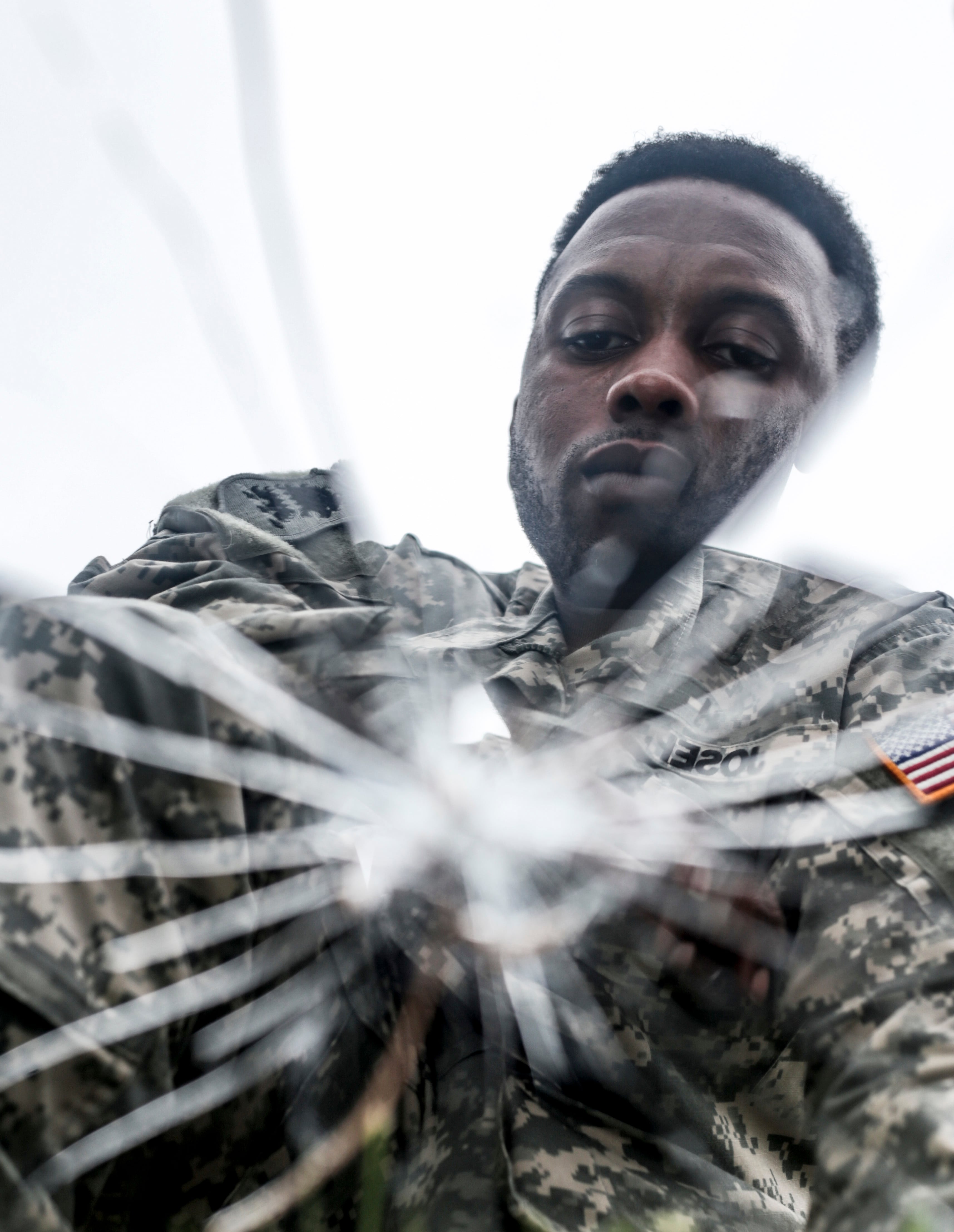Last fall, Army leaders went to the Associated Press to announce that they had seen a worrying increase in suicides since the beginning of the COVID-19 pandemic; the data showed a 30-percent increase in that service alone between the months of July and September.
The Defense Department did not offer any official explanations for the spike, but it appears to have been isolated to that summer, according to new data.
While active-duty suicides jumped about 8 percent overall last year ― to 377 total, compared to a 7-percent jump the previous year, or 348 total ― the final months of last year saw a leveling-off of that worrisome summer spike, with 99 total suicides from October to December, compared to 100 during the same period in 2019.
The reserve component, on the other hand, held steady in the first nine months of the year, before exploding with deaths by suicide in the fall and winter ― a 128-percent spike, from 25 deaths in late 2019 to 57 in late 2020. Most of that spike was concentrated in the National Guard, which went from 14 suicides to 39 during the same period; 23 of those deaths were in the Army National Guard, specifically.
“At this time, it’s too early to determine whether suicide rates are going to show an increase or decrease for calendar year 2020,” Pentagon spokesman John Kirby told reporters on Wednesday, as suicide numbers are subject to change as death investigations are completed.
Though DoD releases quarterly suicide reports in real-time, it does not comment on the findings until fall, when it releases a report on the previous year’s suicide statistics, giving time for investigations to finish and numbers to fluctuate.
The Guard, which saw an overall decrease in suicide deaths in 2019, had been bracing itself for an uptick in 2020.
“We don’t even know what the impacts are going to be of this stress,” Air Force Maj. Gen. Dawne Deskins, the deputy director of the Air National Guard, told Military Times in September.
RELATED

At the time, questions swirled as to whether the notable spike in active-duty suicide deaths had anything to do with the pandemic ― either from general anxiety, or from the stop-movement order that halted travel and permanent change-of-station moves for service members, potentially separating troops from their families for weeks or months.
“The DoD recognizes the potential impact of COVID-19 on the well-being of our Service members and families,” according to the 2nd quarter 2020 report. “We are closely monitoring potential impacts and proactive steps to mitigate those potential impacts from COVID-19.”
For reservists, and particularly the National Guard, there was an entirely different dimension. Millions of Americans lost their jobs in the early months of the pandemic, and as of early 2021, many are still unemployed. That includes reserve troops with civilian employment.
Meanwhile, tens of thousands of Guard troops mobilized in the early days of the pandemic and many of those are still on active orders ― they’ve gone from distributing supplies and manning testing facilities to responding to protests around the country, staffing mass vaccination sites and securing the U.S. Capitol.
RELATED
More than 2000 Guardsmen are still deployed to the Capitol complex, down from more than 20,000 in the days leading up to President Joe Biden’s Jan. 20 inauguration.
The National Guard is deferring comment on the suicide numbers or any possible reasons for them, spokesman Wayne Hall told Military Times on Monday, until the 2020 DoD Suicide Event Report comes out later this year.
Meghann Myers is the Pentagon bureau chief at Military Times. She covers operations, policy, personnel, leadership and other issues affecting service members.




